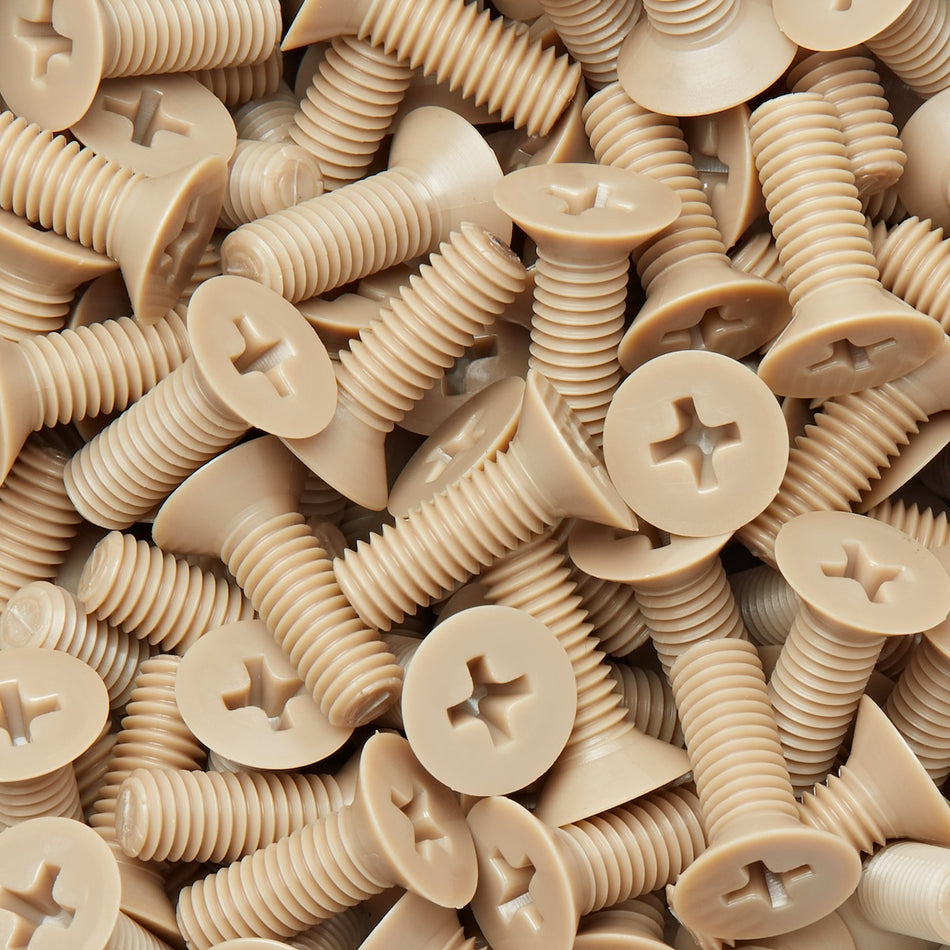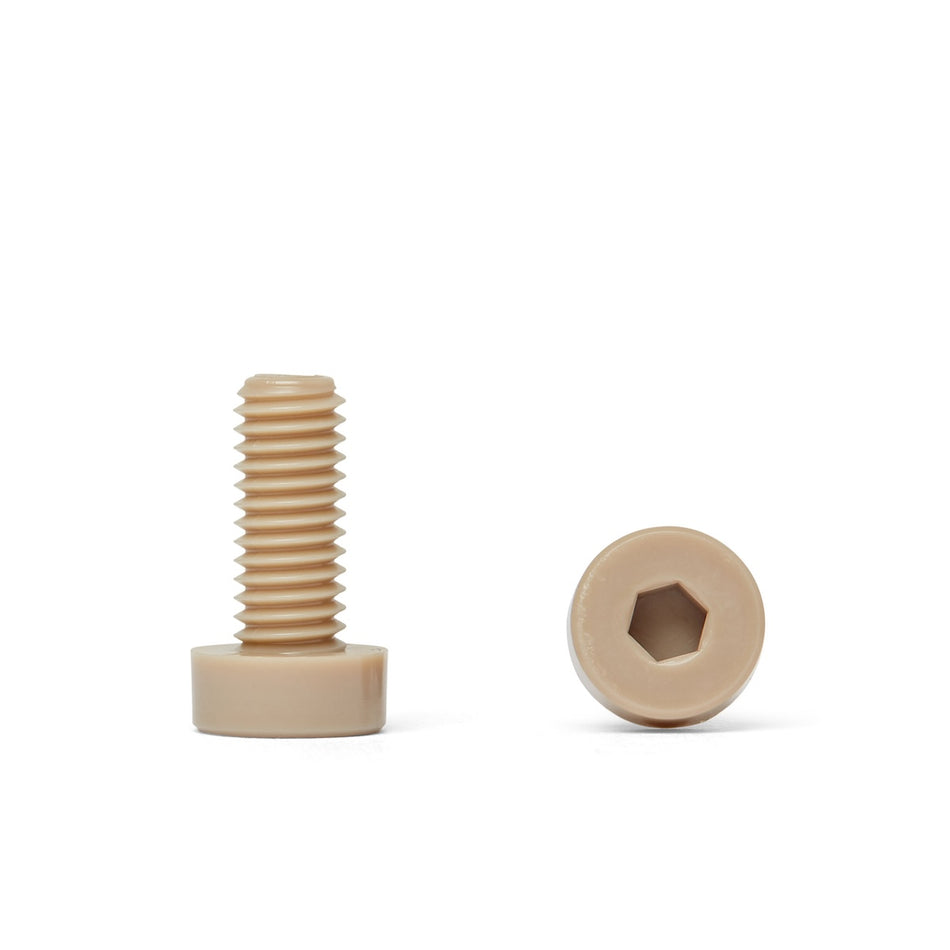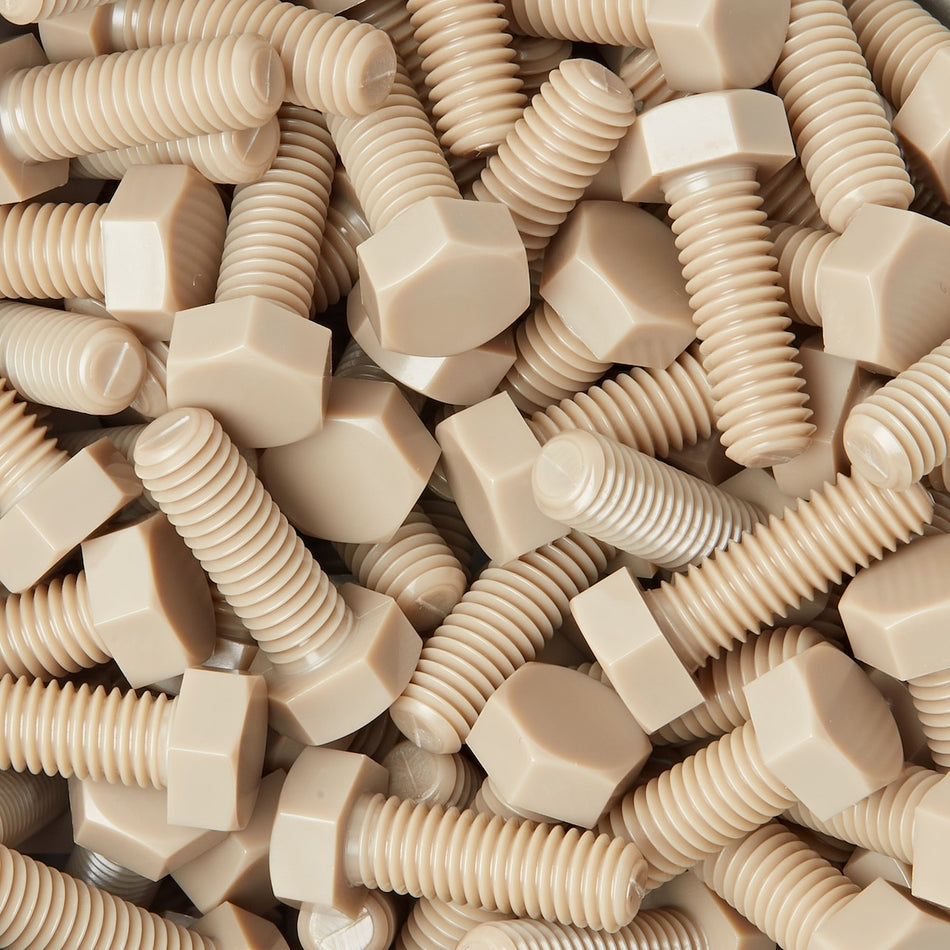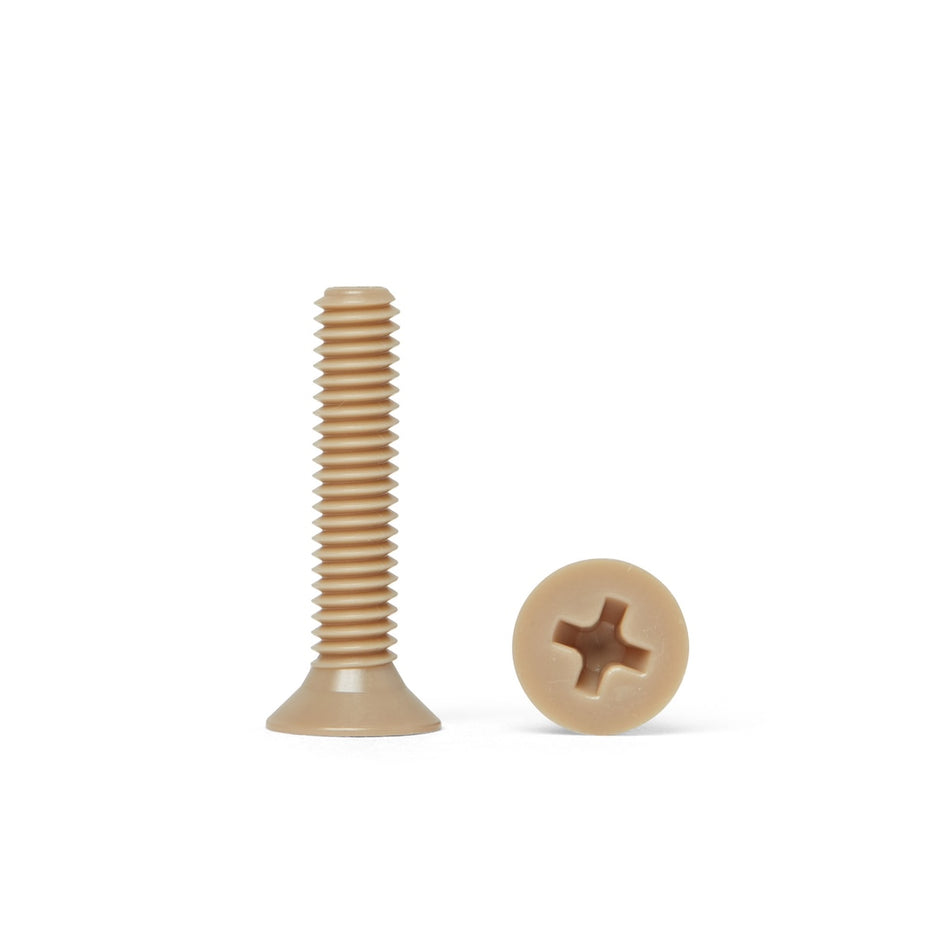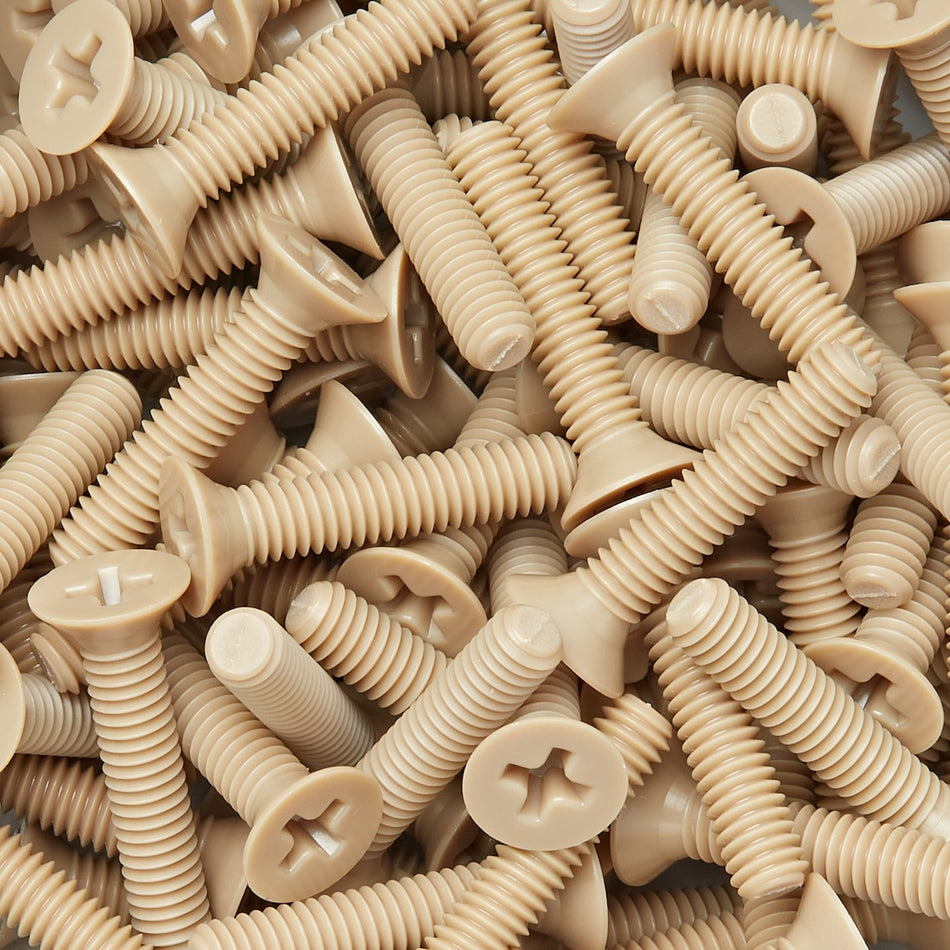72 Products
Polymer screws, nuts, bolts, and fasteners are commonly used in the vehicle assembly process to secure and fasten various parts and components of a vehicle together. These types of fasteners are made from a variety of polymers, such as plastic, rubber, or composite materials, and are designed to be strong, durable, and resistant to corrosion.
One of the main advantages of using polymer fasteners in the vehicle assembly process is that they are typically lighter in weight than metal fasteners, which can help to reduce the overall weight of the vehicle and improve fuel efficiency. Additionally, polymer fasteners are often more resistant to corrosion and wear than metal fasteners, which can help to extend the life of the vehicle and reduce maintenance costs.
Some common examples of polymer screws, nuts, bolts, and fasteners that might be used in the vehicle assembly process include:
-
Plastic screws and bolts: These types of fasteners are often used to secure plastic components, such as dashboard and trim pieces, to the vehicle. They may be made from a variety of polymers, such as polypropylene or polycarbonate, and are typically resistant to corrosion and wear.
-
Rubber nuts and bolts: These types of fasteners are often used to secure components that are subjected to vibration or movement, such as suspension components or engine mounts. They may be made from a variety of rubber compounds, such as neoprene or natural rubber, and are typically resistant to wear and fatigue.
-
Composite fasteners: These types of fasteners are made from a combination of polymers and other materials, such as fiberglass or carbon fiber. They are often used in high-stress applications, such as in the engine or transmission, due to their high strength and durability.
Overall, the use of polymer screws, nuts, bolts, and fasteners can help to improve the performance, efficiency, and durability of vehicles, and are an important part of the vehicle assembly process.
Vehicle assembly is the process of manufacturing vehicles by assembling various parts and components. This process typically involves assembling the various parts and components of a vehicle in a specific order, according to a set of detailed instructions or a blueprint. The specific process for assembling a vehicle will depend on the make and model of the vehicle, as well as the specific facilities and equipment used by the manufacturer.
There are several key steps involved in the vehicle assembly process. These steps may include:
-
Receiving and storing raw materials and components: The first step in the vehicle assembly process is to receive and store the raw materials and components that will be used to build the vehicle. These materials may include steel, aluminum, plastic, rubber, and other materials that are used to make the various parts and components of a vehicle.
-
Fabrication and machining: The next step in the vehicle assembly process is the fabrication and machining of the various parts and components that will be used to build the vehicle. This may involve cutting, bending, and shaping the materials to create the various parts and components.
-
Welding and bonding: After the various parts and components have been fabricated and machined, they must be joined together to form the finished vehicle. This is typically done through welding or bonding techniques, which involve fusing the parts together using heat, pressure, or adhesives.
-
Painting and finishing: Once the various parts and components have been welded or bonded together, the vehicle is typically painted and finished. This may involve applying a base coat of paint, followed by a clear coat to protect the paint and give the vehicle a glossy finish.
-
Assembly and testing: The final step in the vehicle assembly process is the actual assembly of the vehicle. This typically involves installing the various parts and components, such as the engine, transmission, wheels, and interior components. After the vehicle has been assembled, it is typically subjected to a series of tests to ensure that it meets the manufacturer's quality standards.








